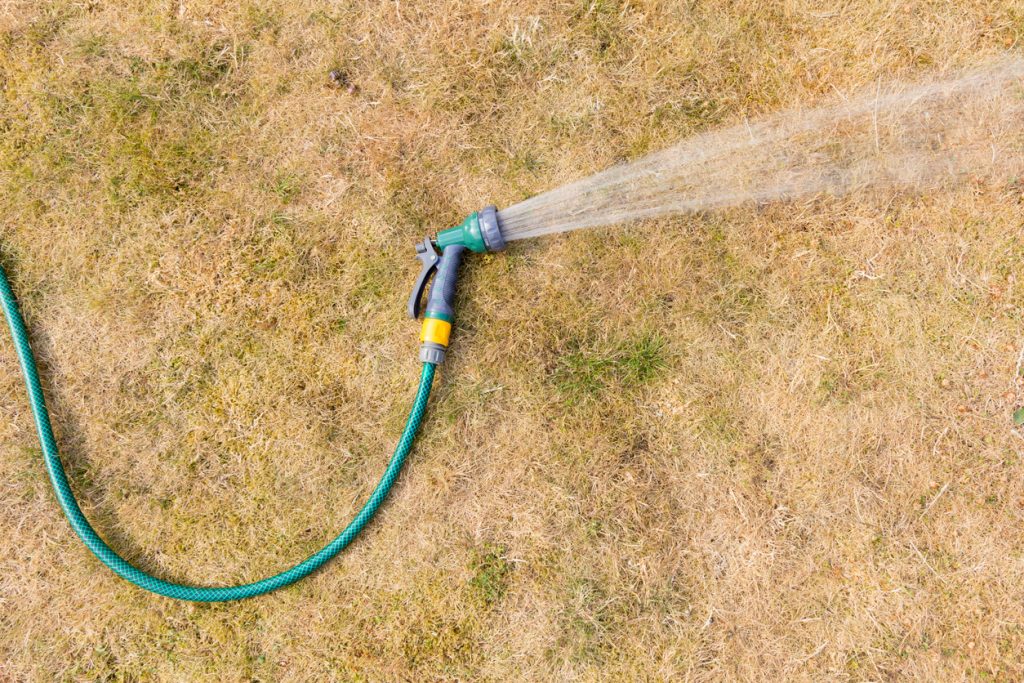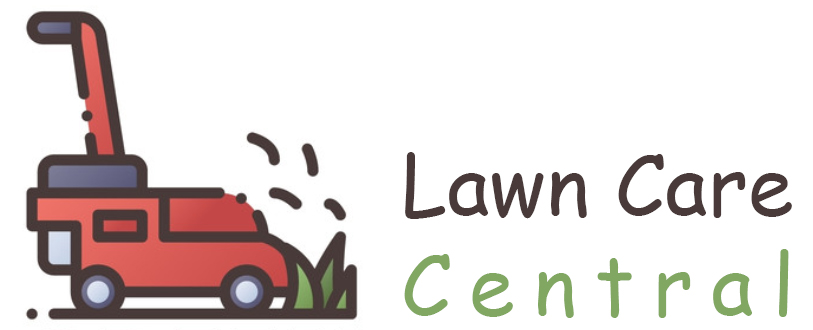It can be easy to overwater your lawn during the hot summer months. You may be tempted to water it every day, but this can actually do more harm than good. In this blog post, we will discuss how to keep your yard hydrated and looking beautiful without overwatering it. We will also cover some common mistakes people make when watering their lawns. So, whether you are a new homeowner or you have been caring for your yard for years, read on for tips on how to water your lawn the right way!

Is it possible to overwater grass?
Most people think that if a little bit of water is good for grass, then a lot must be even better. However, this is not the case. In fact, overwatering can be just as harmful to grass as underwatering. When grass is overwatered, the roots are not able to get the oxygen they need from the soil. This can lead to root rot and make the grass more susceptible to disease. In addition, overwatering can cause runoff, which can carry away topsoil and leave the roots exposed.
As a result, it is important to water grass only when it is needed. Stick your finger in the soil to check the moisture level before watering, and make sure that the water can soak into the ground rather than running off. By following these simple tips, you can help ensure that your grass stays healthy and green.
What Should I Do If My Lawn Is Overwatered?
While a healthy lawn is the goal of most property owners, there is such a thing as too much of a good thing. When grass is overwatered, it can become weak and susceptible to disease. In extreme cases, overwatered grass may even die. So, what should you do if you’ve gone overboard with the sprinklers?
The first thing you should do is stop watering your lawn immediately. Once the grass has been given time to dry out, you’ll need to assess the damage. If only a small section of the lawn is affected, you may be able to simply let it grow back on its own. However, if large areas are impacted, you may need to reseed or even replace the sod.
Overwatering grass is a common problem, but it is one that can be easily remedied with a little patience and care. By taking quick action and giving the lawn time to recover, you can maintain a healthy yard that will be the envy of the neighborhood.
Also Read: Can You Dethatch a Wet Lawn? The Answer Might Surprise You!
Revitalizing an Overwatered Lawn
Fixing an overwatered lawn is possible with time, effort, and dedication. The first step is to determine the extent of the damage. If the roots are rotted, the lawn may need to be completely replaced. However, if the damage is not too severe, the lawn can be saved. The next step is to reduce the amount of water being applied to the lawn.
This can be accomplished by installing a timer on the sprinkler system or by hand-watering only when necessary. Once the water intake has been reduced, it is important to aerate the soil and provide it with nutrients so that the grass can begin to recover. With patience and care, an overwatered lawn can be brought back to health.
The Negative Outcomes of Overwatering Your Lawn
Most homeowners long for a lush, green lawn. However, achieving this goal often requires a lot of work, including regular watering. While it is important to keep your lawn hydrated, there is such a thing as too much water. Overwatering can lead to a number of problems, including shallow roots, fungal growth, and even drowning. The shallow roots that are common in overwatered lawns are less able to withstand drought and are more susceptible to damage from foot traffic.
In addition, too much water can encourage fungal growth, leading to diseases that can kill your grass. Finally, if you regularly overwater your lawn, you run the risk of drowning the grass, as the roots will not be able to get the oxygen they need. While it is important to water your lawn, it is equally important to avoid overwatering. Too much water can be just as damaging as too little.
How Do I Identify Over-Watered Grass in My Lawn?
If you see any of the following signs, your grass is probably getting too much water:
- The grass is starting to turn yellow.
- The blades of the grass are beginning to curl.
- There are brown patches appearing on the lawn.
- The soil is soggy or wet for long periods of time.
- There is moss growing in the lawn.
If you see any of these signs, it’s time to cut back on watering and let the lawn dry out for a while. Over-watering can damage the roots of the grass and lead to problems such as fungal growth and weed infestation. So be sure to check your lawn regularly and adjust your watering schedule accordingly.
How to Water a Lawn Effectively
The best way to water a lawn is to do it early in the morning or late at night. During these cooler times of the day, evaporation is minimal, meaning that more of the water will actually make it into the ground instead of evaporating into the air. It’s also important to water deeply but infrequently.
Frequent shallow watering encourages shallow root growth, which makes grass more susceptible to drought and less able to withstand heat and foot traffic. Deep watering encourages deep root growth, making the grass more drought resistant. Finally, be sure to adjust your sprinklers so that they’re not wasting water by spraying onto sidewalks or driveways. By following these simple tips, you can ensure that your lawn stays healthy and green all season long.
